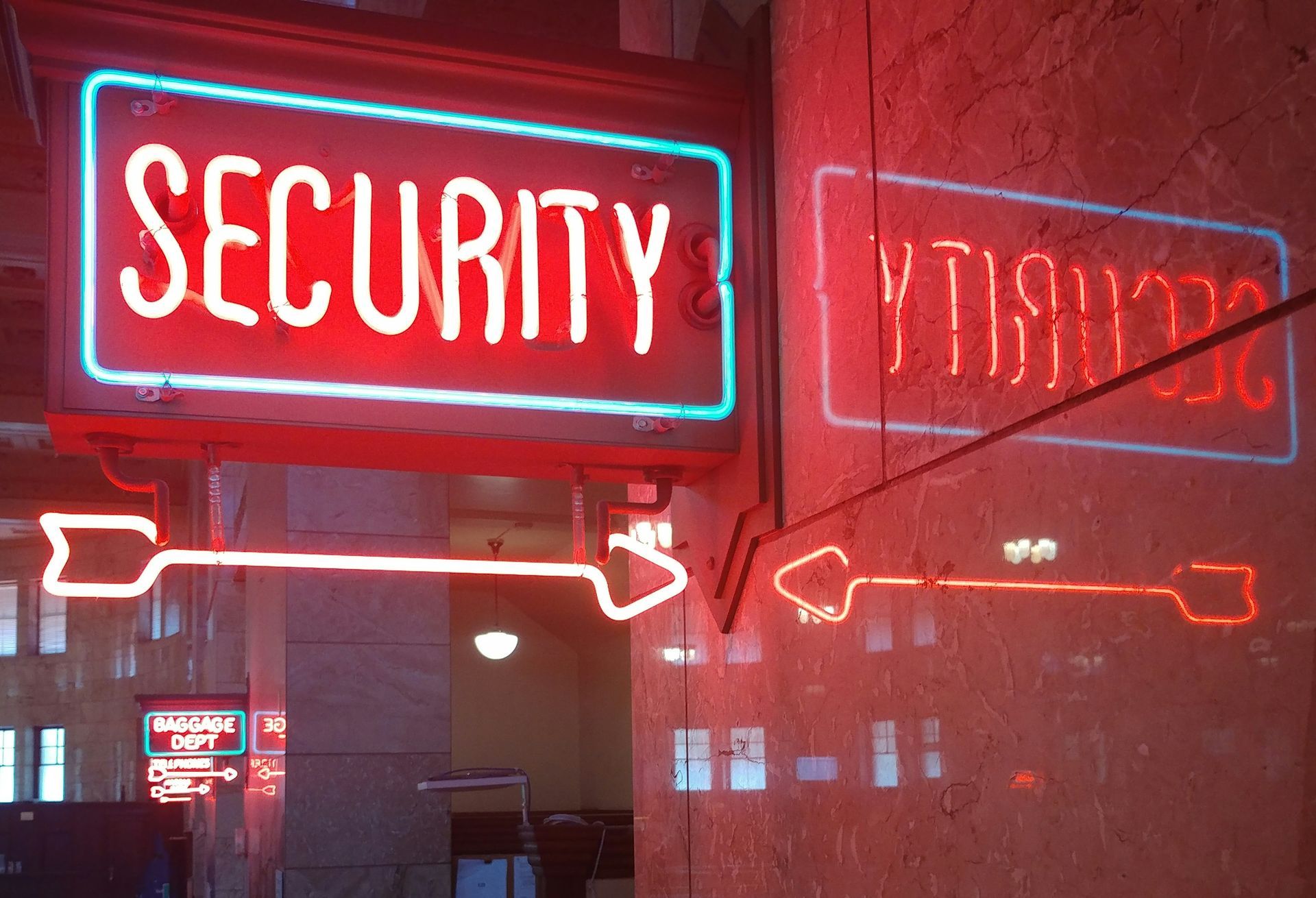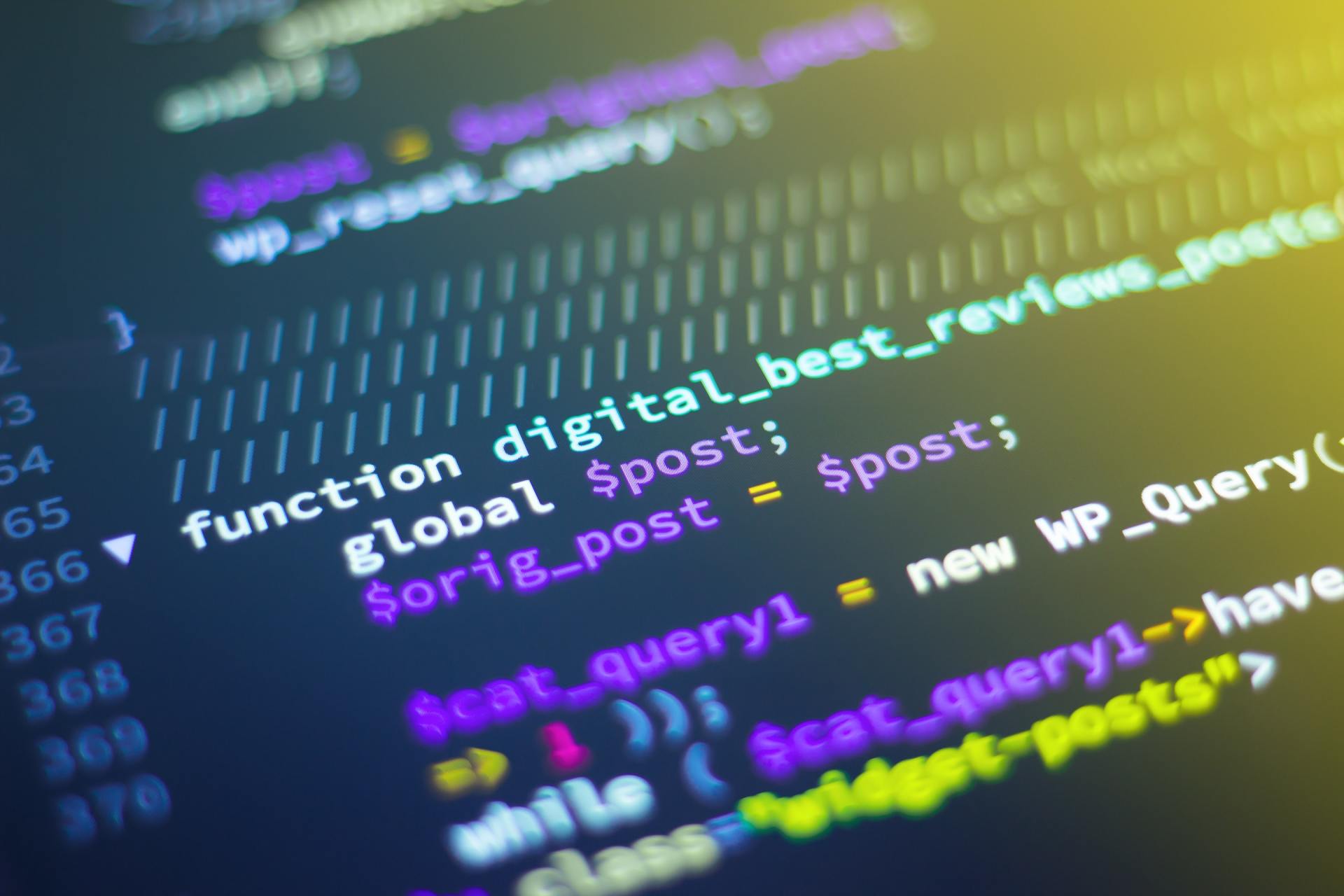The Future of Software Development with AI — and Why Secure-by-Design Matters More Than Ever
AI is already transforming how we build software—but what’s coming next will change who builds it, how it’s secured, and what becomes valuable.
We’re entering an era where developers prompt more than they code, teams move faster than their tools can validate, and the real IP isn’t just in the code—it’s in the strategy behind it.
⚠️ And if that sounds exciting… it’s also a security time bomb waiting to explode.
In this blog, we’ll explore what the future of software development looks like in an AI-driven world—and why Secure-by-Design must evolve alongside it.
“AI gives us speed, but speed without security is a risk multiplier.
We’ve had to rethink how governance and security show up in every sprint.”
Alex, CISO, Series B SaaS Startup
Developers Become Architects, Not Just Coders
AI is already writing tests, fixing bugs, and scaffolding new features. Tomorrow’s developers won’t spend their time writing boilerplate—they’ll be guiding AI, reviewing logic, and designing architecture. But here's the catch: thespeed of output increases, while therisk of oversight multiplies.
92% of developers say they’re using AI tools in some capacity —
but only 11% say their organization has clear security guardrails in place.
GitHub Developer Survey, 2024
Secure-by-Design Implication: Security must shift further left into thedesign of workflows and architecture—not just the code that gets committed.
Prompt Engineering Becomes a Required Skill
Developers will soon be judged not just on what they build—but on how effectively they prompt. The ability to ask the right questions, sanitize inputs, and guide AI will define efficiency. The risk is that prompts often include sensitive context—like architectural choices, security trade-offs, and internal policies.
42% of developers admit to pasting sensitive information—
like credentials or internal logic—into AI tools without security review.
Stack Overflow Developer Survey, 2024
Secure-by-Design Implication: Companies must treat prompts like code. Build policy. Train teams. Protect product security logic from leaking into public AI tools.
Code Is Just One Layer—The Real Value Is Logic and Governance
As AI and no-code platforms scale, code will become more abstracted. The competitive edge won't come from code alone—it will come from decision logic, governance workflows, and how fast teams adapt.
Secure-by-Design Implication: Security frameworks must evolve to support
composable logic,third-party integrations, andAI-generated code—not just custom apps.
Governance Moves From Afterthought to Competitive Advantage
Fast, AI-fueled development introduces risk: hallucinated logic, insecure configurations, and undocumented flows. Without visibility, issues hide in complexity.
Secure-by-Design Implication: Platforms like Start Left will become essential—not as “extra layers,” but asintelligence engines that track, validate, and guide security maturity in real time.
Traceability and Explainability Become the New Unit Tests
Who wrote this function—the dev or the AI? Why was this API allowed to bypass auth? How did that fix get deployed? If your team can’t explain it, auditors, investors, and regulators will ask why.
- "Who wrote this logic—the dev or the AI?"
- "Why did that API bypass auth?"
- "Who approved that fix?"
78% of CISOs say explainability will be a key audit requirement in the next 2 years.
Secure-by-Design Implication: Security must include explainability. Not just “what’s protected”—but
why,
how, and
by whom.
Security Shifts Left—But So Must the Culture
AI speeds up everything: deployment, iteration… and mistakes. If security is still a ticket in Jira or a last-minute check, you’ve already lost.
Secure-by-Design Implication: Security needs to be embedded into daily workflows, developer culture, and product reviews—not just audits.
Security Becomes IP. Protect It Accordingly.
Your company’s remediation workflows, threat models, and risk logic?That’s not just knowledge. It’s intellectual property. In a world where everyone’s prompting the same tools, your frameworks are your edge.
Secure-by-Design Implication: Security maturity isn’t just about protection—it’s about preserving what makes your company defensible.
AI Accelerates Everything—Including the Need for Governance
AI won’t eliminate developers. It will empower them to work faster and think bigger. But if speed outpaces strategy—and convenience outpaces caution—your team could scale risk just as fast as they ship features.
Secure-by-Design used to mean “build it right.” Now it means: Design it right, Prompt it safely. Prove it continuously
Want to See What Secure-by-Design Looks Like in the AI Era?
See Start Left In Action >
https://www.startleftsecurity.com/get-a-demo
Let us show you how security maturity, visibility, and real-time governance can be built in from day one.
SHARE!
More Resources















